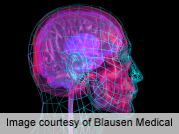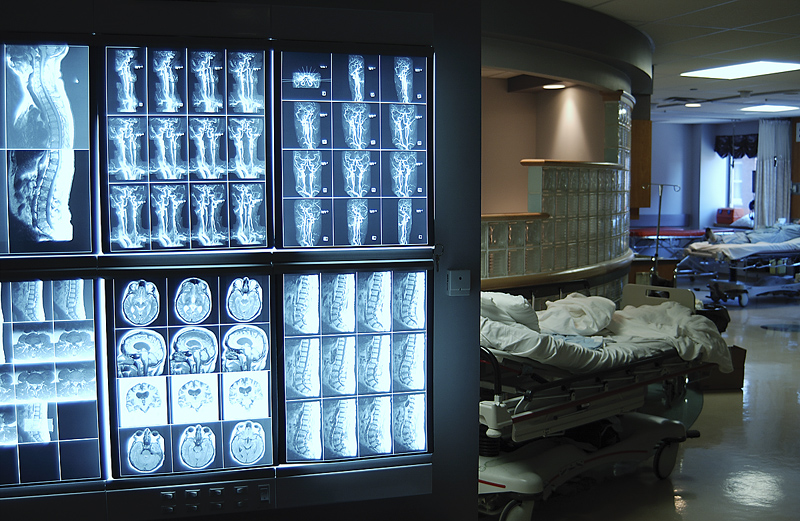
WEDNESDAY, May 9 (HealthDay News) — The way someone responds to the first anti-seizure medication given after a diagnosis of epilepsy often predicts how well- controlled their seizures will be over time.
A new study found that about 50 percent of people became seizure-free after the first medication they took. By contrast, only 13 percent became seizure-free after the second drug was tried, and just 4 percent were seizure-free after a third drug was tried.
“The long-term treatment outcome is fairly constant, and thus predictable early on, in most people with epilepsy,” said the study’s lead author, Dr. Patrick Kwan, a professor of neurology at the University of Melbourne, in Australia. “Few patients become seizure-free after failure of the first two medications tried,” he added.
Results of the study are published in the May 9 online issue of the journal Neurology.
Epilepsy is a seizure disorder. You generally have to have two or more unexplained seizures to be diagnosed with epilepsy, according to the Epilepsy Foundation. About 70 million people have epilepsy worldwide, according to background information in the study.
A number of medications are available to stop seizures, and these may be given alone or in combination. Brain surgery and other non-drug options are available for treating epilepsy.
The current study included nearly 1,100 people aged 9 to 93 who were newly diagnosed with epilepsy and prescribed one medication as their initial treatment. The median age of the study volunteers was 32 years, and they were followed for up to 26 years.
Sixty-eight percent were seizure-free at the final clinic visit. Sixty-two percent of those people were seizure-free on a single drug therapy. Study participants were considered seizure-free if they hadn’t had a seizure in at least a year without any changes in their treatment.
The response to the first medication tried often predicted how a patient might respond to additional medications. Half responded to the first medication tried and became seizure-free.
For those who had to take a second drug, either alone or in combination with another drug, 13 percent became seizure-free. When a third drug had to be tried, just 4 percent became seizure-free. By the fifth drug tried, less than 1 percent became seizure-free.
Overall, 37 percent of those trying medications became seizure-free immediately. Another 22 percent became seizure-free within six months of starting treatment.
Sixteen percent had what’s known as relapsing-remitting seizures. After being seizure-free for a year or more, they had as many as five periods of seizure relapse.
Twenty-five percent never became seizure-free, according to the study.
“Given that epilepsy can be controlled with medications in the majority of patients — nearly 70 percent — a lack of response should call for re-evaluation for conditions other than epilepsy,” Kwan said, adding that if you haven’t responded to the first two drugs your doctor tries, you should be seen by a physician at a specialized epilepsy center for non-drug treatments.
Dr. Cynthia Harden, chief of the division of epilepsy and electroencephalography at the Cushing Neuroscience Institute in Great Neck, N.Y., agreed. “Most people do well on the first or second drug. Some people need a combination to become seizure free. But, if someone fails monotherapy and combination therapy, it’s time to think about options other than drugs,” she said.
“Surgery, for the right patient, is the only disease-altering treatment. It can stop seizures completely,” she explained, and added that a newer technique called laser-ablation therapy can also be helpful.
More information
Learn more about epilepsy treatments from the Epilepsy Foundation.

